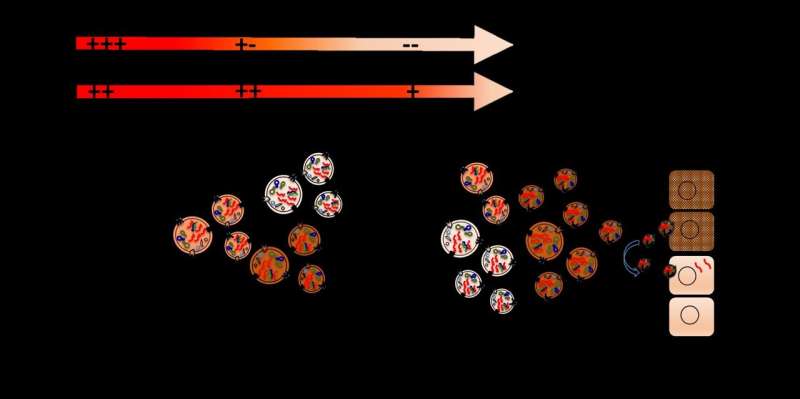This article has been reviewed according to Science X's editorial process and policies. Editors have highlighted the following attributes while ensuring the content's credibility:
fact-checked
proofread
Silent carriers: Long-standing SARS-CoV-2 RNA in respiratory vesicles

The COVID-19 pandemic, caused by the novel coronavirus SARS-CoV-2, has posed unprecedented challenges worldwide. While extensive efforts have focused on understanding the clinical features, diagnosis, and treatment of COVID-19, certain aspects of the virus behavior, such as reactivation and recurrence, remain elusive.
Recent research has shed light on a potential hidden reservoir of the virus that might contribute to its persistence and reoccurrence. Studies exploring extracellular vesicles (EVs)—microscopic particles released by cells—have uncovered an important piece of information: SARS-CoV-2 RNA was present in EVs in individuals who tested negative via standard RT-PCR methods.
Even for individuals deemed virus-free by conventional tests, the presence of SARS-CoV-2 RNA within EVs may indicate a potential source for recurrent infections. Moreover, these infected EVs have demonstrated the ability to transmit the virus to previously unaffected cells in laboratory settings, pointing to a previously unrecognized route of transmission.
The study was published in Liver Research.
The finding holds promise in addressing the challenges faced in COVID-19 diagnosis and management. Current diagnostic tools, while valuable, have limitations, including occasional false negatives due to factors such as sample collection technique and viral load. Detecting SARS-CoV-2 RNA within EVs might offer a more sensitive and rapid diagnostic approach, potentially aiding in identifying individuals with persistent or recurrent infections.
Furthermore, the presence of SARS-CoV-2 RNA in EVs, not only in respiratory samples but also in plasma, enables more opportunities to understand the virus behavior beyond the respiratory tract. These insights into the underlying mechanisms of viral persistence and recurrence offer new avenues for therapeutic interventions.
"The identification of SARS-CoV-2 RNA in EVs underscores the need to explore alternative diagnostic methods that leverage this discovery, potentially revolutionizing our ability to detect and manage COVID-19 infections more effectively," says Sukriti Baweja, lead author of the study.
More information: P. Debishree Subudhi et al, Prolonged existence of SARS-CoV-2 RNAs in the extracellular vesicles of respiratory specimens from patients with negative reverse transcription-polymerase chain reaction, Liver Research (2023). DOI: 10.1016/j.livres.2023.09.004





















